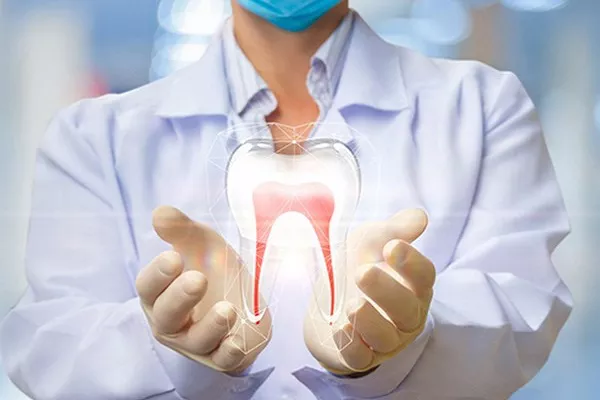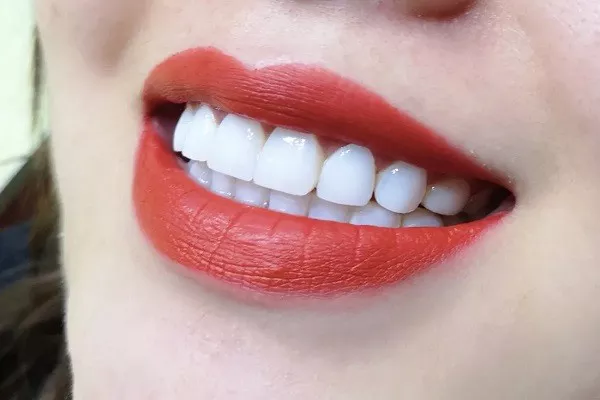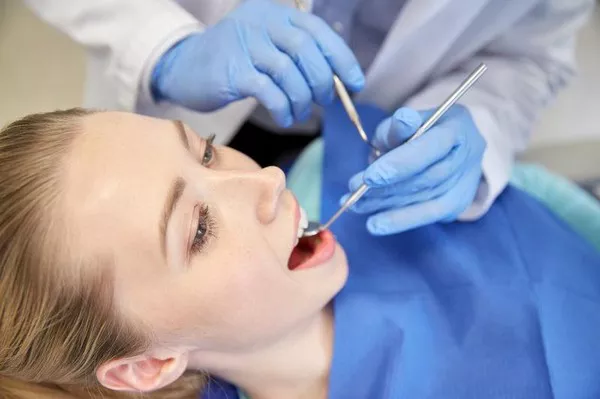When it comes to dental fillings, safety and oral health are of utmost importance. With various filling materials available, patients often wonder which options are the safest and most suitable for their specific needs. In this article, we will explore the topic of safe dental fillings, discussing different types of materials and their associated benefits and considerations. By understanding the safety aspects of dental fillings, patients can make informed decisions in collaboration with their dentists to ensure optimal oral health and well-being.
I. Composite Resin Fillings
A. Material Composition:
- Composite Resin: These fillings are made of a mixture of plastic and glass particles, providing a tooth-colored restoration.
- BPA-Free Options: Many composite resin materials are now available without bisphenol A (BPA), addressing concerns about potential health risks.
B. Advantages of Composite Resin Fillings:
- Aesthetics: Composite resin fillings blend seamlessly with natural tooth color, offering a more cosmetically pleasing result.
- Versatility: These fillings can be used for both anterior and posterior teeth, addressing a wide range of dental restoration needs.
- Conservative Preparation: Minimal tooth structure removal is required, preserving the maximum amount of healthy tooth material.
C. Considerations for Composite Resin Fillings:
- Lifespan: While composite resin fillings are durable, they may not last as long as some other materials and may require replacement over time.
- Technique Sensitivity: Proper placement and curing techniques are crucial for ensuring the longevity and effectiveness of composite resin fillings.
- Cost: Composite resin fillings may be more expensive than amalgam fillings but are generally more affordable than alternatives like porcelain.
II. Porcelain Fillings
A. Material Composition:
- Porcelain (Ceramic): These fillings are made of a durable and natural-looking material that closely resembles tooth enamel.
- Biocompatibility: Porcelain is well-tolerated by the oral tissues and is generally considered a safe option.
B. Advantages of Porcelain Fillings:
- Aesthetics and Natural Appearance: Porcelain fillings provide excellent aesthetics, mimicking the color and translucency of natural teeth.
- Durability: Porcelain fillings are highly resistant to staining and can withstand normal biting and chewing forces.
- Conservative Preparation: Minimal tooth structure removal is required, similar to composite resin fillings.
C. Considerations for Porcelain Fillings:
- Cost: Porcelain fillings tend to be more expensive than other filling materials due to their advanced fabrication process.
- Indirect Procedure: Porcelain fillings require multiple visits as they are fabricated in a dental laboratory before being bonded to the tooth.
- Potential Fracture Risk: Although porcelain fillings are durable, they may be more susceptible to fracture under excessive force or teeth grinding.
III. Glass Ionomer Fillings
A. Material Composition:
- Glass Ionomer: These fillings are made of a combination of glass and acrylic, often containing fluoride for added protection.
- Biocompatibility: Glass ionomer is generally considered safe and well-tolerated in the oral environment.
B. Advantages of Glass Ionomer Fillings:
- Fluoride Release: These fillings release fluoride, which can help prevent tooth decay and promote remineralization.
- Adhesion to Tooth Structure: Glass ionomer fillings bond chemically to the tooth, providing good sealing and reduced microleakage.
- Versatility: They are suitable for a variety of restorations, including non-load-bearing areas and primary teeth.
C. Considerations for Glass Ionomer Fillings:
- Durability: Glass ionomer fillings may be less durable than some other materials and may require periodic replacement.
- Aesthetics: While tooth-colored options are available, glass ionomer fillings may not provide the same level of aesthetics as composite resin or porcelain.
- Limited Use in Load-Bearing Areas: Glass ionomer fillings may not be suitable for areas with heavy chewing forces or extensive tooth wear.
Conclusion
Choosing the safest dental filling material involves considering individual patient factors, such as aesthetic preferences, durability, cost, and potential risks. Composite resin fillings offer excellent aesthetics and versatility, while porcelain fillings provide exceptional natural appearance and durability. Glass ionomer fillings offer the advantage of fluoride release and adhesion to tooth structure. By discussing these options with a dental professional, patients can make informed decisions about the safest dental fillings that align with their oral health goals. Regular dental check-ups and proper oral hygiene practices are essential for maintaining the longevity and effectiveness of any dental filling.
Related Topics:





























